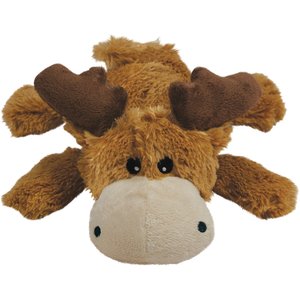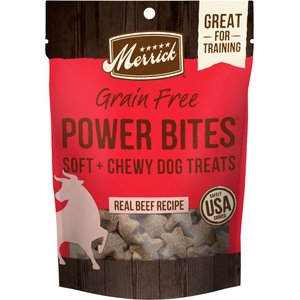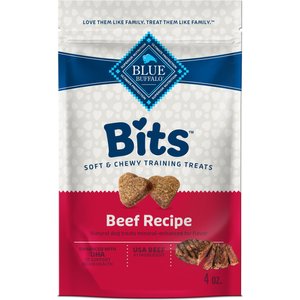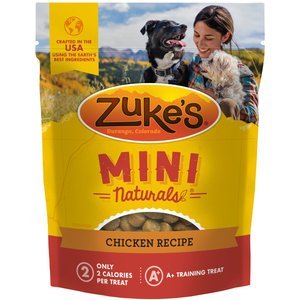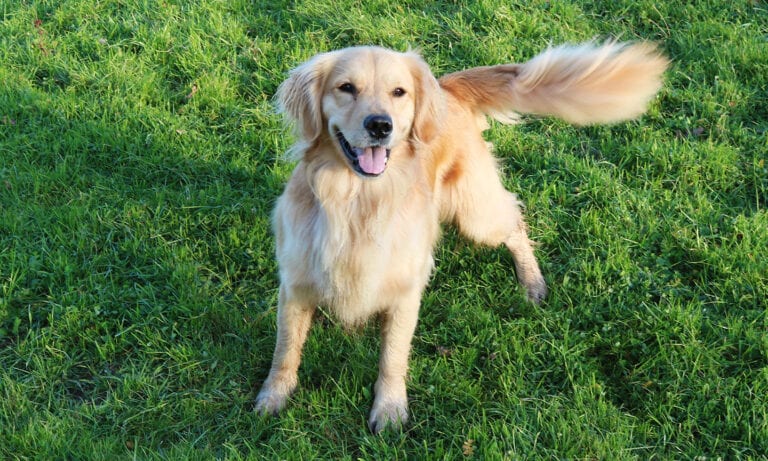Even for people, hugs can lead to some pretty awkward moments—with strangers, co-workers, friends of friends and perhaps your own relatives. You might be totally hug aversive or hug shy, or even if you’re really into hugs, you have no way of telling the difference between non-huggers and fellow pro-huggers. Well, you can imagine what it’s like for dogs.
Most dog lovers instinctively hug their own, even if they’re not big huggers themselves. But do dogs like hugs, really? Is there even such a thing as a dog hug? That’s what we’re here to find out, with some help from a couple of experts.
Do Dogs Like Hugs?
We really hate to be the ones to break this to curious dog lovers, but the simple answer to “Do dogs like hugs?” is no, according to those who know. Irith Bloom, CPDT-KSA, CDBC, KPA CTP, VSPDT, CBATI, VSDTA faculty and Director of Training at The Sophisticated Dog in West Los Angeles, CA, helps explain why.
“Dogs don’t usually show affection to each other through hugs," Bloom says. "Humans are natural huggers. We like to be chest to chest (or, to use the more technical term, in 'ventral-ventral contact') with those we love. Scientists believe humans have this propensity because we are positioned chest to chest with our mothers when we are nursing as babies, so that body position comes to be associated with comfort and affection." Dogs don’t nurse in this position, so they wouldn’t use dog hugs to show their fondness—not to another dog friend, and not to us.
In fact, much to the dismay of dog lovers everywhere, Bloom says that face-to-face hugs tend to be the most unpleasant type for dogs.
Signs of Dog Hug Distress
Think back to the last time you gave your dog hugs. Did you notice any of the following reactions?
- Sudden yawning
- Pulling their body away from you
- Repetitive lip licking
- Shaking off after you let go
- Turning their head
- Avoiding eye contact
These are the signs of dog hug discomfort, according to Bloom and jme Thomas, Executive Director of Motley Zoo Animal Rescue in Redmond, Washington.
Thomas adds that you might also see the “whale eye,” or the whites of a dog’s eyes, which means they are nervous or stressed. And if they are really unhappy with a forced dog hug, Bloom says they will wriggle a lot, push their paws into you, or even nip at you.
Do Dogs Understand Hugs?
To dog lovers, going in for a dog hug and squeezing their fur baby is a way to show how much they care. But to our canine companions, a dog hug is something much different.
Bloom points out that there isn’t an equivalent to hugs in the dog world, so they aren’t going to understand that hugging equals love. “I suspect dogs interpret hugs mostly as confinement or restraint (not something most dogs enjoy—picture the last time you saw a dog being restrained to have a nail trim, or during a vet visit),” she says.
Thomas agrees, adding that dog hugs might trigger a fight or flight response, because not unlike people, dogs don’t like being cornered or confined with no control over the situation. So, a dog’s inner dialogue might be: “What’s happening? I’m going to suffocate! Must. Get. Away.”
How to Do Dog “Hugs” Right
If you want to show your pup affection on his own terms, you’re going to have to be pretty flexible with your definition of a hug. Your pooch shows you love in his own ways—you just have to learn how to appreciate them and accept them as special dog “hugs.”
Bloom says that some pups like to burrow into their humans, sit on their laps, lean against them, or lie on or under their legs. Thomas recalls how her dog would press her face against hers while wiggling her “little bunny tail nubbin” quickly and smiling.
According to Bloom, the less pushy you are about petting or hugging your dog, the more likely he is to seek out physical contact with you. “The key is to make sure they have an 'escape route,' so they can move away from when they want to," Bloom says. "Given the freedom to leave, they will often choose to stay cuddled up with you.”
So, instead of the restrictive human version of a hug, try petting them the way they want, and pay attention to their response. Be on the lookout for ways your pup is trying to show affection, and appreciate them as earnest dog “hugs” when they happen. In the meantime, you can give your pup a cuddly KONG Cozie Marvin the Moose Dog Toy that he can snuggle up to whenever he feels like it.
Can You Train Dogs to Tolerate Hugs?
If you’re worried that your dog might not react well if a stranger, or child, suddenly goes in for a hug, Bloom says that you can use treats to help him be more comfortable if this happens.
“If your dog doesn’t like being touched by strangers at all, or is standoffish about being touched by most people, you will need to start at a very low level of contact, and use what are called 'successive approximations' to teach your dog to tolerate hugs better,” she says.
You can do this in short sessions of just 1-2 minutes, with breaks in between. Only move to the next step if your dog remains completely relaxed at the current level. If he tenses up or stops eating treats, slow down the training or go back to the last step.
Here are the steps that Bloom offers to teach your dog to tolerate hugs better:
- For dogs who don’t like being touched by strangers at all, start with Step 1: Have someone your dog doesn’t know stand near him. Give your pup treats for staying relaxed while the person is there. Do this for about 5-10 repetitions.
- When your dog is okay with a stranger standing nearby, move to Step 2: Have the person move their hand just an inch or two towards your pup, while giving treats. Let the person then extend their arm even closer, gradually, feeding dog treats each time.
- Once he stays calm after having a person reach towards him, go to Step 3: Try light levels of touch in areas like the flanks, building up to more pressure and longer periods.
Nikki Naser, BeChewy Senior Editor
Instead of owning 30 cats, Nikki has an impressive collection of 30 cat-themed T-shirts, and just 4 pets—a ginger-haired senior cat, a senior Maine Coon, a middle-aged Choodle, and a young kitty who showed up one day on the back steps. A former Orlando resident, Nikki worked on several tourism publications before moving to South Beach. When she’s not stopping to take pics of community cats to post on Instagram, Nikki spends her time with the office pets at Chewy, writing for their BeChewy blog.m copy that could potentially include multiple paragraphs.
Like this story? Check out more of our favorite reads:
Share:

